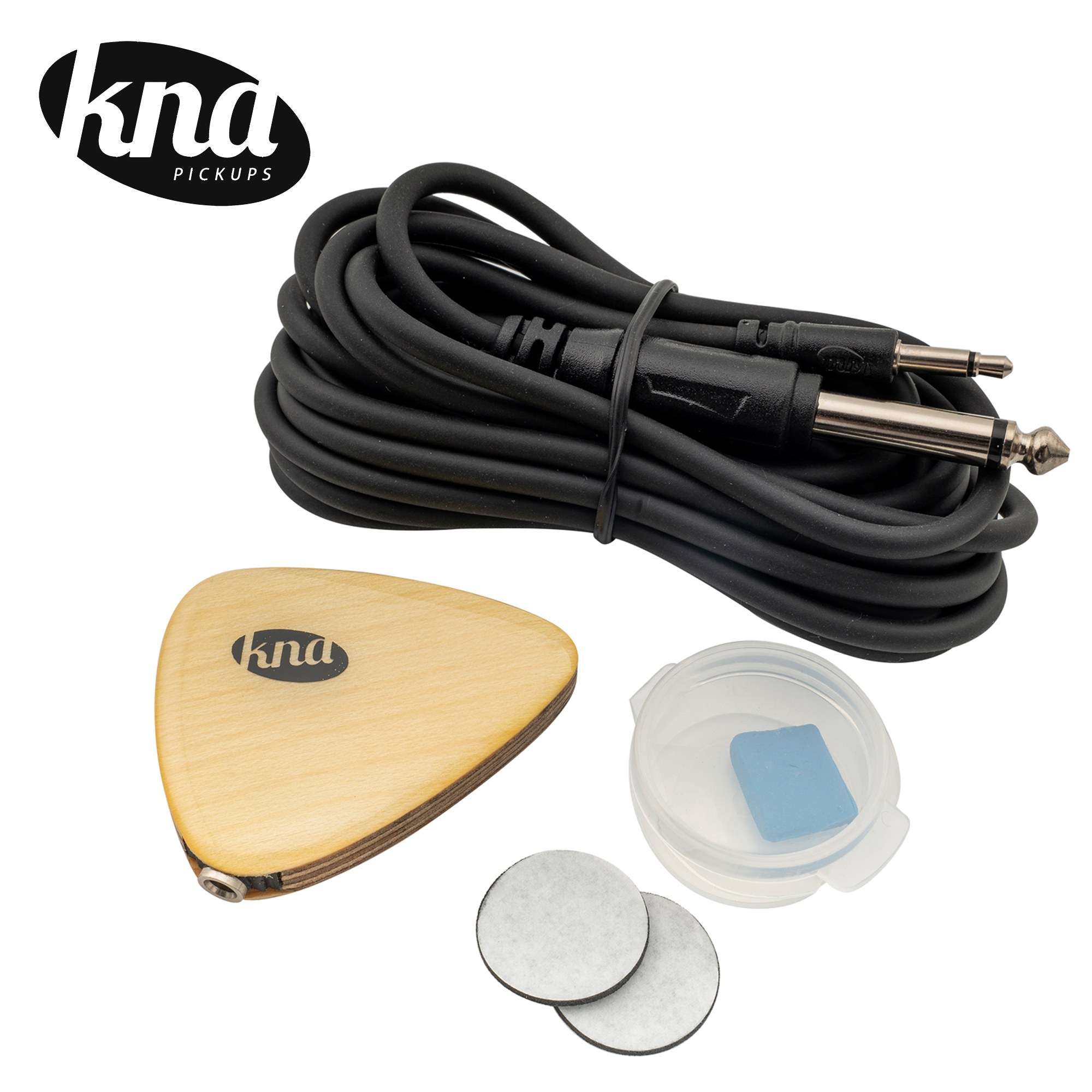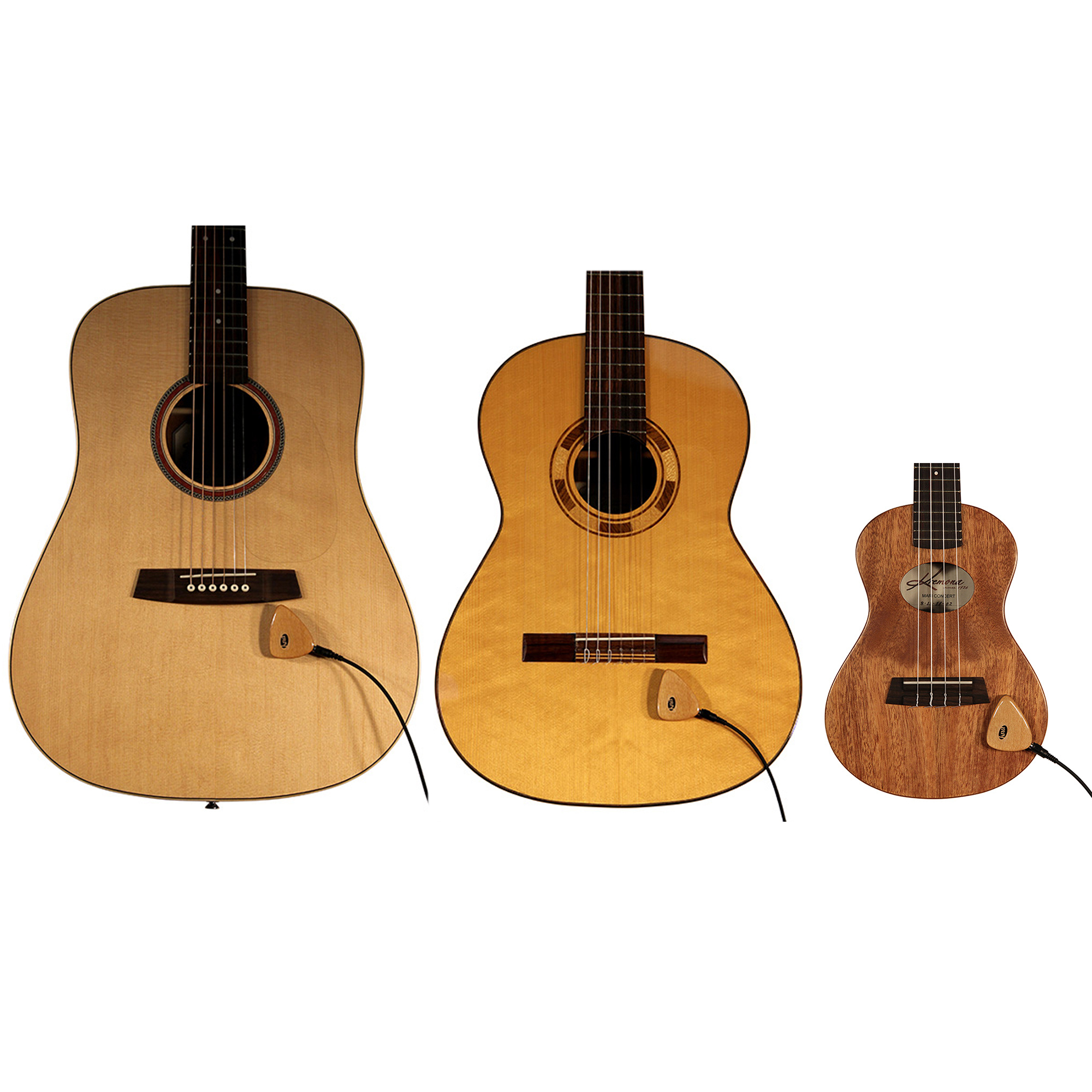

I don't remember precisely how he controlled it all except that he used preamps for the Hot Dots, and he was able to mix the various piezo sounds coming from different parts of the guitar. (It was the cover article as he was on the cover holding the charred guitar he did this to.) But it's been decades since I read the Guitar Player magazine article in which he described it. For the neck and peghead piezos, I think he ran the wiring through the truss rod channel. In those days, Barcus-Berry made tiny little piezo pickups that were just 1/8" across called "Hot Dots", and Zappa drilled holes and stuck these Hot Dots all over the guitar.

#Piezo picup install
Zappa then proceeded to install about nineteen (19) piezo pickups in various postions on the peghead, neck, and body of the guitar. There is a lot of controversy over just which burned Strat it was, but it's pretty certain that it wasn't the famous Monterey Pop Festival incineration. He started by building a Strat from a charred body of one of Hendrix's Strats that was burned onstage. But you asked about what others have done with multiple piezos in a guitar to get different sounds, so.įrank Zappa created what I consider to be the ultimate piezo'ed electric guitar. I don't know if this will help you or not. especially if you don't have tone shaping circuitry down the line. If you set it up, and it sounds good for the tone you are going for, then it is probably a good element to use. I've used discs from old drum toys even with nice results. As far as the difference in elements, it is a matter of experimentation for the most part, especially if you don't know the specs of the parts you are using. Changing where it is placed is nice, but also if it is not secured well then movements will be picked up pretty loudly. Then you can tape it where you want and plug it into an amp or recording device. For a less permanent and more variable set up, you can just solder the piezo element to the two leads of a shielded cable, with a plug on the other end. It seems to work pretty well this way, though you can just hook it straight to a jack without the active circuitry. In that guitar I have a "tone" pot which fades between the two pickups, then a three band active EQ, and a simple transistor based gain circuit on the output. It seems like this will pick up slightly less string noise and feedback. Placing them securely just below the bridge is a common situation. My recent "Parallel Killer" guitar built (sort of like a cigar box guitar) has two piezo elements, one focussing on high strings, and one low.

I've used just basic disc piezo elements a couple of times. It's all a matter of taste, and what sort of response you want from your guitar.


 0 kommentar(er)
0 kommentar(er)
